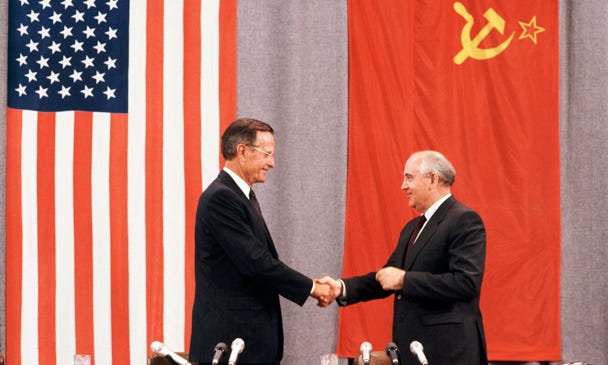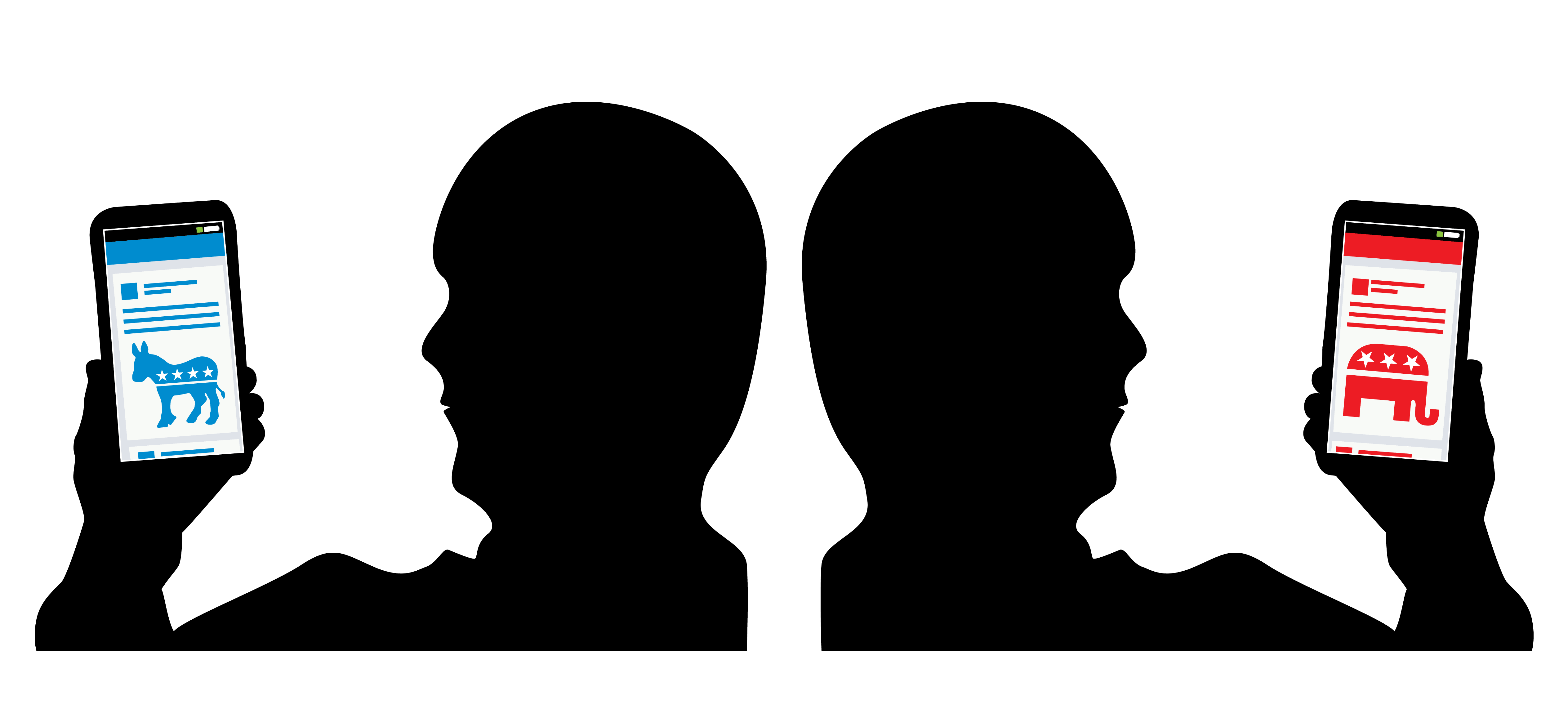The Rise of Polar Politics

When speaking about polarized politics and left against right, there are always two words that float to the top of the conversation: socialism and capitalism. The word “capitalism” sparks a variety of emotions from both ends of the spectrum. For some, it refers to an economic system designed for creating vast inequality, and to others it represents an opportunity for reaching limitless goals without government interference. From the 16th century to the 21st, capitalism has undergone immense amounts of both criticism and praise. During the Cold War, it was recognized as a beacon of hope fighting for freedom against dictatorial communist regimes. More recently, however, it has been referred to by some as a vessel for corporate greed. Politician Alexandria Ocasio-Cortez calls it an “irredeemable system” 2.
The debate over capitalism vs socialism (and everything in between) has reached countless dinner tables and government offices. Recent years have seen a surge in polarized politics and along with it the rise of political-celebrities. Names such as Alexandria Ocasio-Cortez, Jagmeet Singh, and Bernie Sanders have made the push for socialist reform, and in return, individuals like Ben Shapiro, Jordan Peterson, and of course, Donald Trump, have pushed back. Both sides of the political aisle include violent extremist groups like Antifa and The Proud Boys.

However, both the conservative and libertarian viewpoints consist of predominantly, slightly right-of-center or slightly left-of-center voters. This is a fact often forgot on mainstream media platforms such as Fox News and CNN, as it is not an enticing narrative. Select extremist minorities from both groups have seized the attention of people from all corners of the globe and choked out any of the more reasonable voices. So what led to this new form of bi-partisan politics and media? Well, in short, it was essentially three distal reasons: the end of the Cold War, identity politics, and technology.

1. The Cold War
The Cold War was a cataclysmic worldwide event that grasped the attention and influenced the livelihood of an entire generation. It posed, arguably, the most significant threat to contemporary civilization in modern times. The detriments it created can be felt to this day. One of those detriments being a shift in world power which turned the focus of American citizens from outward to inward. America was previously able to unify and direct all energy towards fending off the menacing Soviet Union. As JFK famously stated, “Ask not what your country can do for you, but what you can do for your country.” An inspiring message all Americans could join forces for. However, after the collapse of the Union America’s eyes fell upon its own shortcomings. No longer was there a unified generation all fighting against a foreign cause, but rather a new era of political unrest which would lead to fighting amongst Americans themselves. Whether the causes being fought for were justified or not, it represented a notable shift from internal cooperation to internal opposition.
2. Identity Politics
“Identity politics, also commonly referred to as the politics of identity or identity-based politics, is a phrase that is widely used in the social sciences and humanities to describe the deployment of the category of identity as a tool to frame political claims, promote political ideologies, or stimulate and orientate social and political action, usually in a larger context of inequality or injustice and with the aim of asserting group distinctiveness and belonging and gaining power and recognition.” – The Oxford dictionary 5.
Identity politics have become the new norm whenever two parties discuss policy. Society has in large migrated away from unifying values to alternative group identities. Black, White, LGBTQ, male, female, old, young are just a few examples. Political parties have started catering to certain demographics, a dangerous and divisive trend. Fewer and fewer people trust the values and integrity of their own political parties let alone opposing parties. This has been demonstrated countless times. After all, there is a noticeable difference between people like AOC and Joe Biden or Donald Trump and Mitt Romney even though they pertain to the same parties. There is a synonymous feeling of unrest and dissatisfaction by all. From months of rioting and burning of cities by left-wing groups to the storming of Washington by right-wing extremists, it is clear the country is in opposition with itself. A poll by Gallup analytics shows that pride to be American has dropped to an all-time low. 6

3. Technology
Perhaps the most influential and catastrophic of all is our society’s newfound dependence on social media and the accelerating tech industry. Taking political action has become easier than ever, all you have to do is post a Snapchat story or share an Instagram post. The effects of this can be both inspiring and pernicious. The bar for integrity associated with sharing information has dropped drastically. People no longer need to research ideas and present them in a formal way to be heard. An entire generation is being raised on the political views of hashtags and groupthink. Media platforms have increasingly partial views. The concept of impartial-news has been lost in the noise of bi-partisan shouting. It has come to the point where companies like Facebook and Amazon can silence and lift up voices with the click of a button. All this combined with industry disruption by technology has created the genesis of ever more vicious polarization. The rise of Donald Trump can largely, (though not entirely) be attributed to the loss of employment in states like Ohio and Michigan. As A.I. becomes increasingly prevalent in everyday society millions of people lose their jobs. Central states dependent on manufacturing and oil and gas become further at odds with places like California and New York as they are sent further into the disparity of economic dissolution.
Conclusion
All this to say that there is a multitude of independent reasons for the recent gap in politics. One could spend hours of time researching the causations and correlations of polarization. This simply provides a glimpse into some of the major motives. Over time political agendas change and the perspectives of the world follow. It is hard to say what the future holds, but we will certainly be watching eagerly.
